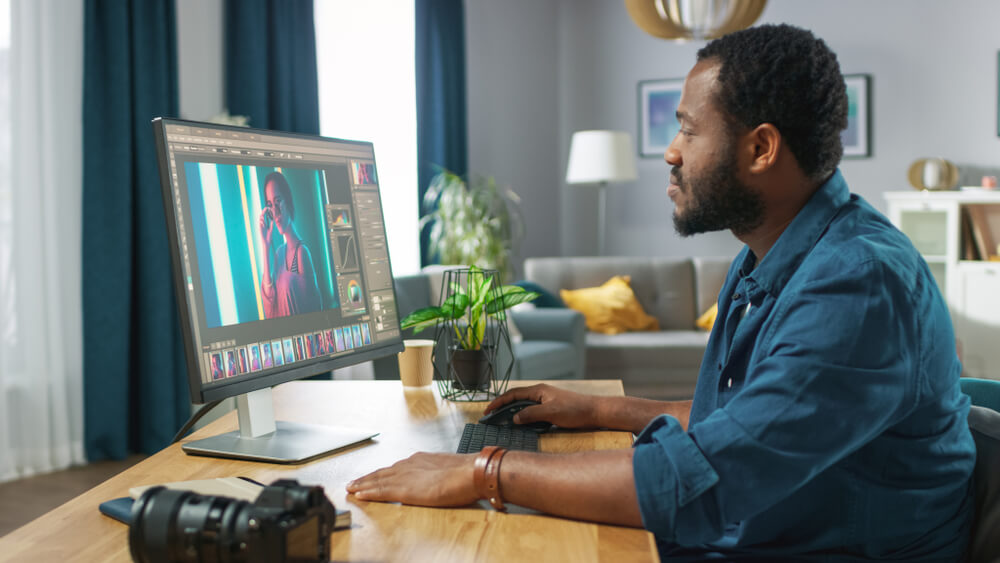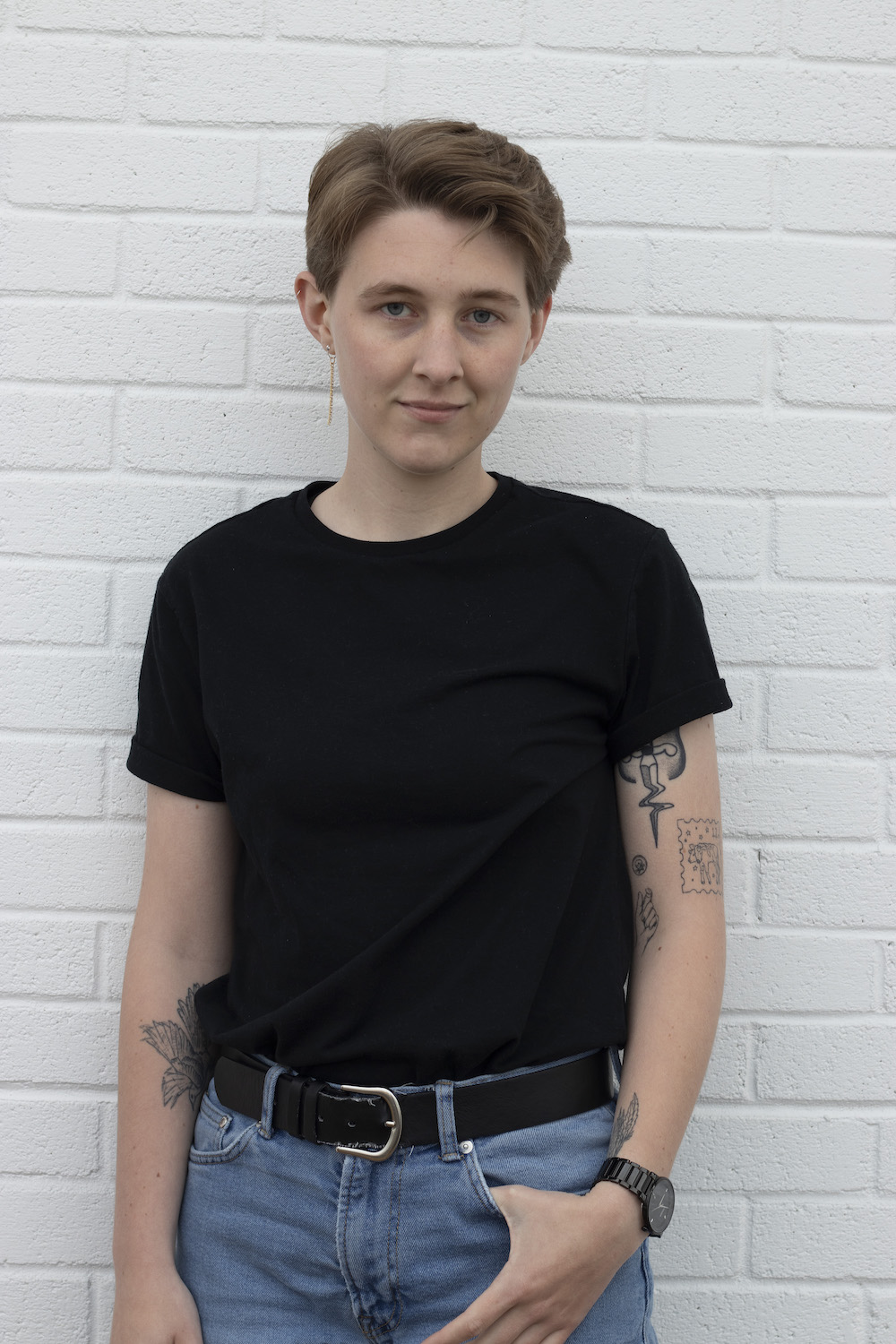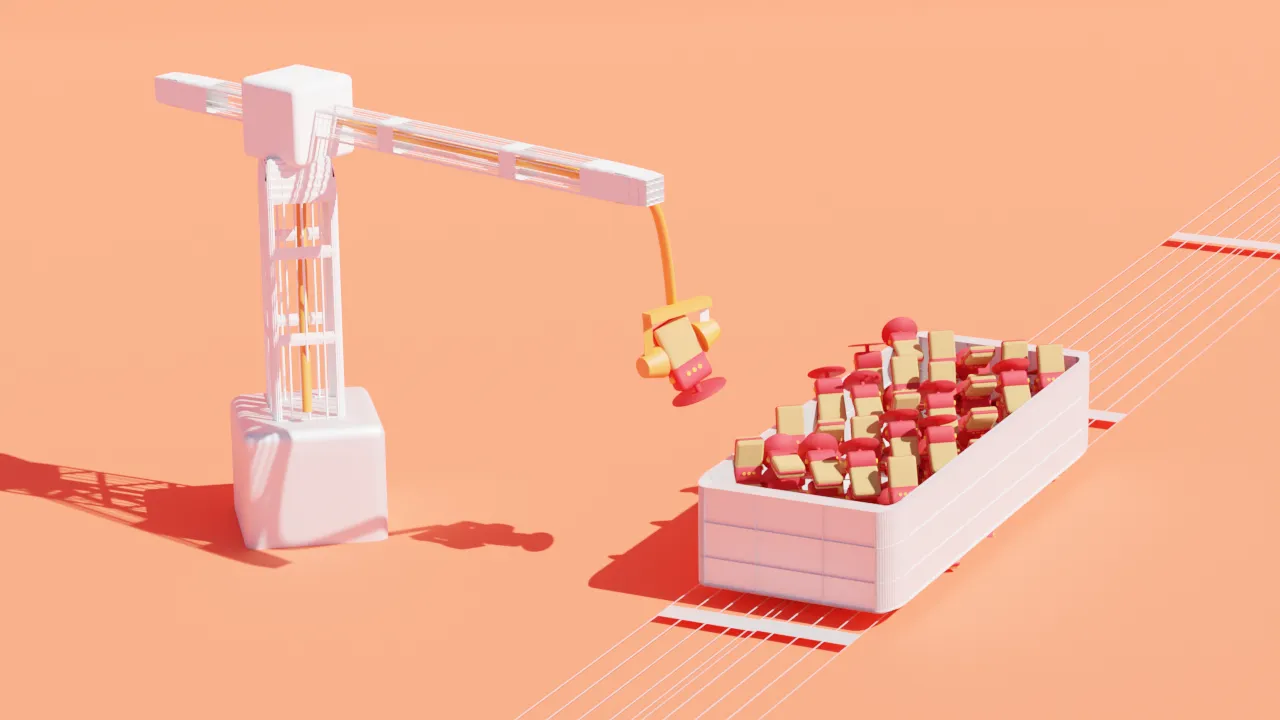So you just finished shooting an interview and you think it went really well—but now you have to get the editing right. And that’s a daunting task, because while you have a ton of amazing footage, you also have a ton of amazing footage.
In just about any kind of storytelling, the editing process is as critical as gathering material. Interviews are no different; doing them well requires you to whittle down the raw footage to only the stuff your viewers need to feel moved and captivated. And as you trim you’ll have to ensure the interview hangs together—moving from one question-and-answer to another logically.
In short, the way you approach editing your interview will make a huge difference in both your workflow and the quality of your final product.
Read on for some best practices for editing video interviews.
What is an interview video?
A video interview is footage that focuses on a person or group of people answering questions based on a topic or theme. The video is typically up close and personal to varying degrees, and can feature shots of the subject(s) from multiple angles.
Interviews can be filmed either in person—where the interviewer and interviewee are in the same space, and potentially in the same frame—or remotely.
How to edit an interview
How you edit an interview depends on how you shoot it. A multi-cam shoot will be edited much differently than a single shot, since you will have multiple streams of footage to use.
No matter what editing software you use—and you should definitely use Descript, haha—there are several steps you can take to edit video interviews more efficiently.
Organize footage and name files
Being organized from the beginning will save you tons of time since you'll be able to find what you need quickly. To start, name your files in a format that makes sense.
For example, you can sort them by the date of the interview, the interviewee, and topics. You can even consider naming them by the type of camera shots for the same interview.
Then create a folder specifically for each project you’re working on. Consider creating subfolders to get even more organized, especially if you have a ton of footage to work with.
Sync and assemble video clips
Syncing video footage before you start editing will help you get ready. Make sure all of the footage you need is synced up with any externally recorded audio files. To start, upload all the necessary footage and audio files.
Edit with an interview transcript
Editing a video interview using a transcript makes the process more like editing a text document. You can stay focused on the overall narrative of the project and quickly refer back to key points or themes in your interview (without having to track back and forth through the video clip).
We have to stop here to note that Descript automatically generates a transcript for you. That alone is reason enough to edit your video interviews in Descript, and I’m not just saying that because I work here.
Cut the fluff
Highlight all the content you don’t need so you can easily cut it out. Be ruthless: cut anything that won’t keep a viewer captivated. If you need to move clips to different sections, make a note of that as well.
Edit the video to your desired length
Keep refining the video to ensure the narrative and the most important information are intact. If you’re limited to a certain length, keep at it until you get there. You’ll be surprised by what you can sacrifice if you set your mind to it.
Adjust the audio and play with color correction
Don't worry about color correcting and mixing audio levels until you've got your video footage finalized. That way, you're not wasting time adjusting video clips you'll end up cutting later.
Download and share
After you're happy with the finished product, download or share it through your video editing platform. Make sure to export the right file type to meet your needs.
5 tips for editing an interview video
Editing an interview video also entails figuring out how to use different techniques to create your best work. We spoke to two experts, Tristan Pelligrino of Motion Agency and Jeff Greenberg of J Greenberg Consulting, to get their top tips for editing interview videos.
- Understand your story. Tristan Pelligrino, the founder of Motion, says one of the first aspects to consider is what you want to communicate from the conversation. For instance, is it a full-length podcast or a short promotional video? Greenberg also suggests thinking about what the interviewee’s expertise is, and using that to get to the heart of the interview.
- Edit with a transcript. Editing videos with a transcript can be life-changing, as Jeff Greenberg, a post-production consultant, describes it. “Once you start editing with transcripts, you can never go back,” he says. “You can use a tool like Descript to start constructing interviews and it's like getting your life back because it's so much faster.” By editing with a transcript, you can edit the interview as if it were a document or a piece of writing, rather than a video. Editing using text allows you to keep an eye on the overall narrative first, and save refining the visual nuance for later.
- Use simple transitions and multiple camera angles. Employing techniques like close-up shots is useful so you can better hide any audio edits, suggests Greenberg. Depending on the type of video, you can also get away with jump cuts as a transition, though try not to use too many. Pelligrino suggests you use multiple camera angles to smooth out any cuts. “This allows you to toggle between a wide shot and a tight shot for a more seamless presentation,” he says.
- Consider b-roll or other supporting video clips. You can even consider adding in b-roll if it’s difficult to make a seamless audio edit without sacrificing the video component. You can shoot your own b-roll or purchase royalty-free clips from many reputable websites. Or, you can request supplementary footage (photographs, home movie clips, etc.) from your interview subject to achieve more of a documentary effect.
- Music can set the mood. Greenberg advises using music, but be sure it helps the story along by matching the tone or mood of the interview. And make sure the audio level of the music doesn’t overshadow the speaker.


































